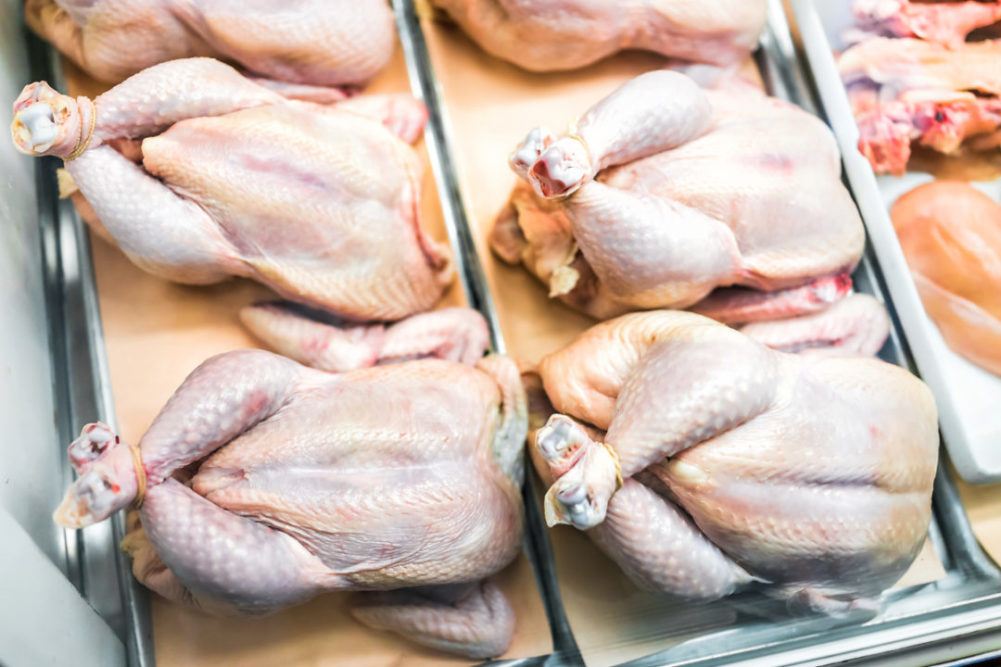UTRECHT, THE NETHERLANDS — RaboResearch’s latest animal protein report shows the outlook for global poultry markets to be bullish due to accelerating consumption in many markets. Several years of slow growth have given way to a forecast of consumption reaching 2.5% to 3% in 2024, marking a return to historic levels.
“Poultry’s strong price position against other proteins in most markets, along with strong retail demand, recovering foodservice demand, and rising sustainability strategies that support chicken demand are supporting rapid growth,” said Nan-Dirk Mulder, senior analyst of Animal Protein at RaboResearch.
Lower production costs and solid demand recovery in most markets provide global poultry industries with the means for strong performance, but there are exceptions.
Fast production growth, in combination with more challenging local economic conditions and lower consumer confidence, has led to oversupply, with relatively low prices and rising stocks in China and Japan. These conditions have also affected imports to the countries with large year-on-year drops in raw chicken imports in the first half of 2024.
Most worldwide markets are strong and balanced and overall trade is expected to stay healthy in the second half of 2024 and increase the demand for chicken. Trade is also forecast to grow with a rise in demand, but volatility remains a factor in the equation. Chicken feet prices will see pressure due to the weak demand in China, but breast meat and processed chicken prices are expected to remain firm, in line with strong market conditions in the main importing markets in Europe and Asia.
Consumption in advanced economies like Europe, the United States, and Japan will continue to grow with long-term trends and better affordability and demand for more value-added products like processed chicken will recover further, but there are still risks.
Trade between Asia and Europe will be under strain amidst tensions in the Middle East and rerouted trade via South Africa due to the longer transport times and higher costs.
“For the outlook, the main wild cards will be animal diseases and geopolitical tensions. Both can suddenly impact global trade flows,” Mulder said.
Also, avian influenza remains a concern. A Rio Grande do Sul farm in Brazil had an outbreak of Newcastle disease resulting in an export embargo to several destinations. Key importers like Japan, China, Saudi Arabia, and South Africa placed restrictions at the state level, while others moved to a regional approach. While no new cases have been reported, Brazil and major importing countries must keep a close eye on the situation, according to the report.
On average, avian influenza has put slightly less pressure on the industry compared to last year but remains a challenge. The European Union had the lowest number of outbreaks this year since July 2019, and South Africa has remained free from outbreaks in commercial farming, with chicken production fully recovering (although egg production is still heavily impacted). The United States has been an exception with ongoing outbreaks during summer months that have significantly impacted the egg industry. As winter advances in the Northern Hemisphere, risks will rise again.
“In a context with ongoing high risks, such as animal disease, feed price volatility, and geopolitical tension, supply growth discipline is important to keep operating under balanced market conditions,” Mulder said. “Otherwise, the current bullish market conditions could push producers to expand too optimistically, leading to oversupply like that seen in China and Japan.”



